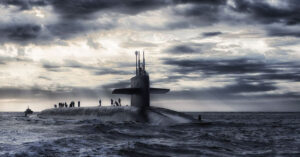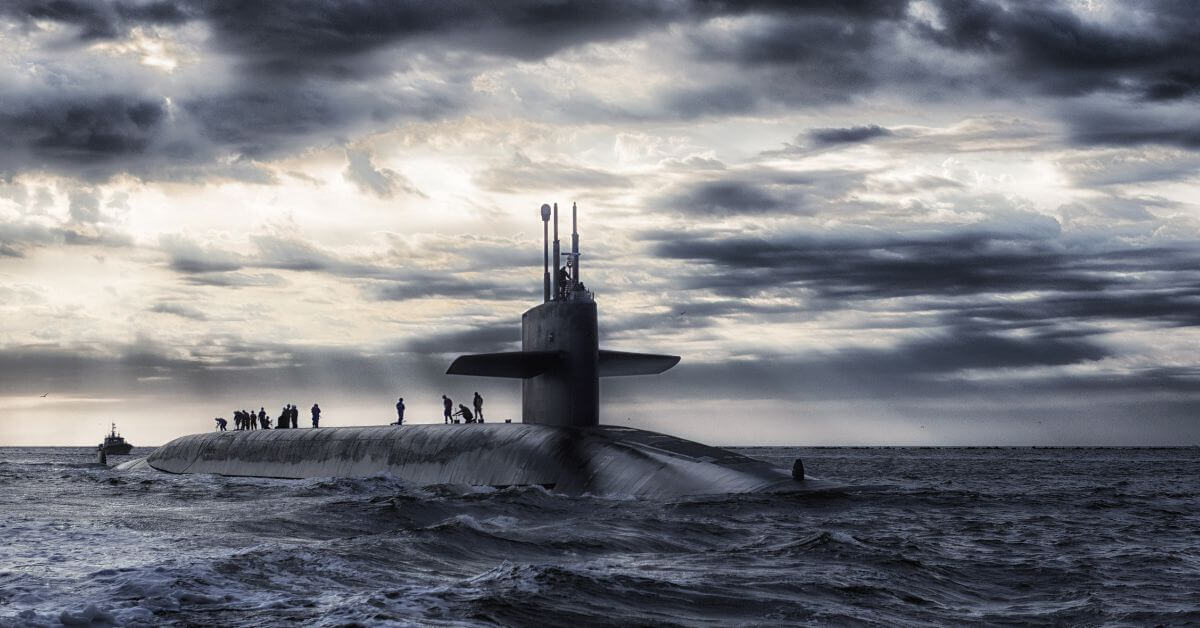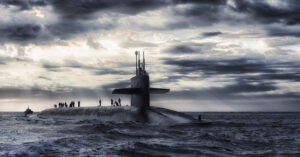
Cruise Ship Hosting 2,000 G7 Summit Security Officers Seized Due To Poor Conditions
June 14, 2024
U.S. Navy Submarine Arrives In Guantanamo Bay After Russian Warships Reach Cuba
June 14, 2024

A team of Chinese researchers reported an accomplishment in tracking the United States Navy’s stealthiest submarines, which might change the dynamics of naval combat.
The study, led by Li Yuhang of the 713th Research Institute of the China State Shipbuilding Corporation (CSSC), says that submarines moving faster than 20 knots cause minute waves on the ocean’s surface that can be seen by ultra-high-resolution radar.
This phenomenon, known as “surface wake,” has been recognized for decades, but it was previously believed to be impracticable for monitoring submarines due to minor disruptions compared to natural wave motions.
Li’s study used real-world data from sensors in the South China Sea, which is routinely monitored by US Navy submarines.
This study’s findings may have significant consequences for US Navy operations.
In October 2021, the USS Connecticut, a Seawolf-class attack submarine, sustained catastrophic damage after colliding with an undiscovered underwater seamount in the South China Sea.
The analysis indicated that the submarine travelled at 24 knots, exceeding the 20-knot limit identified in Li’s research.
This implies that the submarine may have been detected using the new method.
Furthermore, Li’s team says their technology can detect submarines moving as slow as two knots, hampering stealth operations for attack submarines that generally remain below the surface or prepare for low-speed strikes.
The study takes advantage of recent advances in ultra-high-frequency radar in the 6G spectrum area, specifically terahertz waves.
These waves, which can be as short as 1/10,000 of a meter, have the potential to detect surface disturbances as minor as a millimetre.
However, terahertz technology has considerable challenges, requiring specialist equipment and extensive data analysis to remove background noise.
AI integration is critical in discriminating between the tiny waves created by submarines and other surface disturbances.
While the US Navy’s capabilities are classified, it is plausible that similar technology exists.
The AN/APS-154 Advanced Airborne Sensor (AAS) on the P-8A Poseidon maritime patrol aircraft is known for its high-resolution capabilities in all weather conditions and is primarily utilized for anti-submarine operations.
Previous Navy advice revealed plans to detect submarines from the air using AESA radar, similar to that found on the AAS, in conjunction with other technology.
Reference: Ground
China Claims To Have Found A Way To Track The Stealthiest Attack Submarines Of U.S Navy appeared first on Marine Insight – The Maritime Industry Guide
Source: Maritime Shipping News


